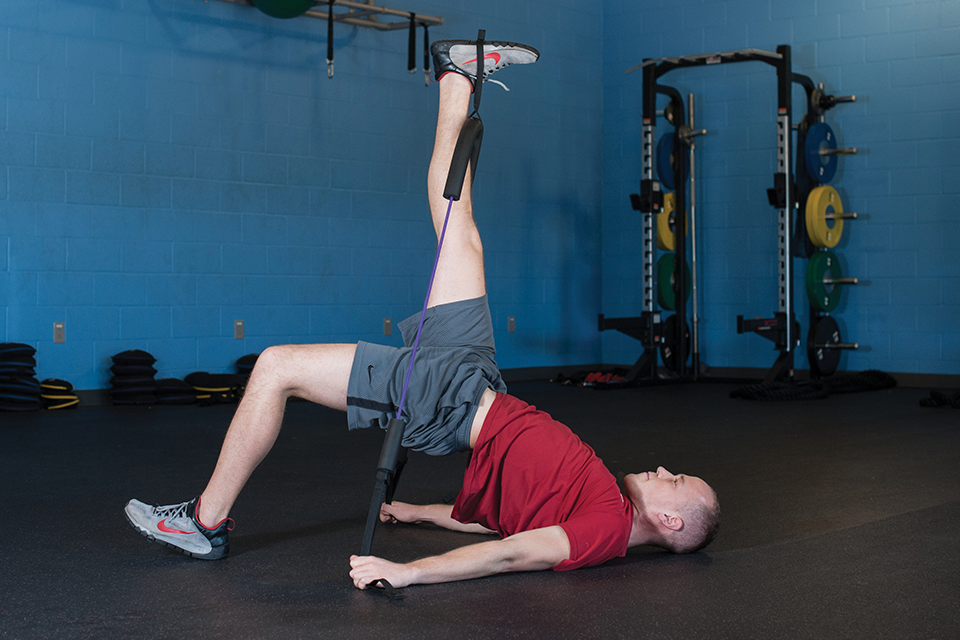Keep the Bucket Full

Kicking off another New Year means getting back into exercise for many people. It’s this recommitment to training that the exercise enthusiasts will use to motivate themselves to get back in the gym or start on the quest for long runs again. There is a principle of technique and position that will help with either one of these endeavors. It’s what we call keeping the bucket full. If you think of your pelvis as a “bucket,” then think about keeping your pelvis level or in line under your shoulders. A great reminder here is that if you imagine your pelvis as a bucket, you don’t want water to pour out of the front, back or sides. The reason for this is if you tilt your pelvis out of alignment in this way your low back (lumbar spine) will follow and go into flexion or extension in a way that adds load and stress. A great example is when a runner tilts their pelvis forward (water pouring out of the front of the bucket) the lumbar goes into more extension placing stress on the low back which can be exacerbated with every step. The stress often can turn into tension and even pain. So following this tip can help avoid that unwanted low back stress or pain that can sideline us when restarting an exercise program.
The following movements in the gym can help carryover to a better position and maintaining a neutral lumbo-pelvic position that is key for core engagement and maintaining a strong position.
Single Leg Bridge with Band
Purpose: The opposite flexion and extension of the hips helps to reduce any lumbar extension and focuses on pelvic neutral while the hips are doing the important extension work.
- Lay on your back with one knee flexed with the heel on the ground and the opposite leg extended up toward the ceiling with the band attached at the foot.
- Push the heel on the ground through the floor to engage the core and extend the hip until the knee, hip and shoulder create a straight line.
- The top leg with band should reach toward the ceiling as the resistance increases.
- Return to start and just tap the ground in between repetitions.
Split Squat with Core Engagement
Purpose: The split squat mimics the same hip flexion/extension pattern used in walking and running. Now add the band pulls in opposite directions with the arms to engage the core before descending into the split squat because this helps to maintain the pelvic position (bucket).
- Start in a split stance with feet hip-width apart and the band anchored in front of you.
- First, pull one straight arm up and back while simultaneously pulling the opposite straight arm down to engage the core.
- Then descend into the split squat bringing the back knee toward the ground and maintaining a level pelvic position with a tall posture through the torso.
- Press through the ground to return to start, release the arms back to start.
- Be sure to repeat the sequence of using the arms to engage, then squat, then return to start and finally release the arms on every single repetition. This focuses on core sequencing and engagement to maintain proper position.
Box Shuffle with Overhead Medball
Purpose: This position takes a high intensity exercise and then adds an added challenge with the overhead position. This removes the countermovement of the arms and adds to the challenge of proper position and level pelvis (full bucket).
- Start with one foot on a low box and the medball pressed directly overhead and inline with the torso.
- Push through the box and extend the ankle knee and hip while maintaining the torso and upper body position.
- Once you reach full extension with your foot slightly off the box, switch the feet as you are descending back to the ground
- This creates the box shuffle all while maintaining the upper body overhead position to focus all movement on the lower body.
- Make sure to keep the core engaged, keep the bucket full, and make sure you perform full triple extension with the leg that’s on the box for each rep.








